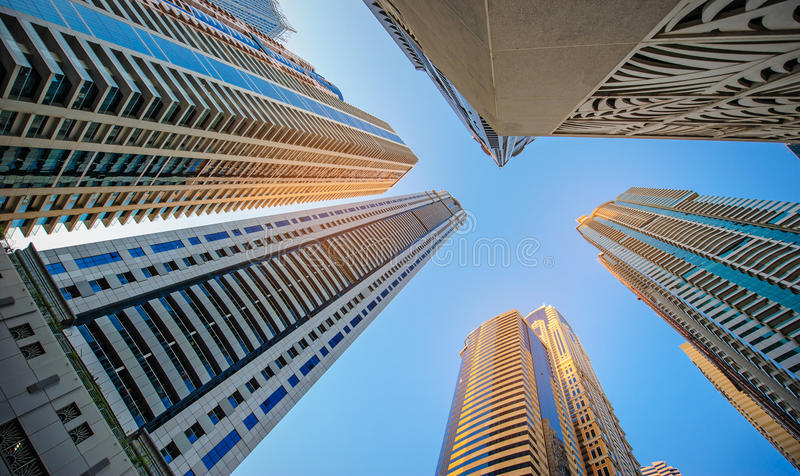Skyscrapers and high-rise buildings are the constructions that define our contemporary landscapes, allowing for urban development and growth without expanding city limits. The vertical expansion of central districts is a hallmark of our future, but also poses unique risks in deployment. What are the risks inherent to high-rise construction, and how can they be minimised?
Environmental
The most obvious risks faced by large-scale construction projects are related to the environmental hazards encountered by construction teams. For one, building at height is a risk in and of itself, not only to workers who could fall but also to workers on the ground, who could succumb to falling objects or materials.
High-rise constructions are just as susceptible to weather patterns, if not more so. The wind is unimpeded at higher altitudes, creating an impediment to safe and accurate work. Skyscrapers are also ideal targets for lightning, increasing the risk of shocks and fire for any working on-site. Older buildings were not designed for the weather challenges presented by modern times, making future-proofing another key thought.
Archaeological
While a peculiar risk to receive its section, archaeological risks are much more common than the layperson might realise. Much of our developed and urban centres are built on the grounds of urban centres prior, and archaeological finds are a natural result of digging foundations in areas with a rich populous history. But how can ancient artefacts pose risk to a high-rise construction?
The risk isn’t necessarily tied to accident or injury – misleading reports relating to prior foundations may pose their own risk to health and safety when digging. Rather, the risk is to the timeline and budget of the build itself.
Archaeological finds must be reported to the relevant authorities for research and investigation. The proper process for this can take months, stalling any work in the process and potentially threatening the viability of the project.
Material
There are other existential risks to skyscraper construction, in the form of the construction materials themselves. For one, global supply shortages have caused the cost of raw materials to skyrocket, resulting in stretched budgets and delayed schedules.
Another much more important risk comes from the safety and quality of materials themselves. After the tragedy of the Grenfell tower block fire, much scrutiny has been given to commercially available cladding materials, and the fire risks they may pose to eventual residents.
Mitigating Risk
There is no singular route to mitigating risk for a high-rise construction project. Builders’ insurance is a good start for financial coverage in the event of a natural disaster or public liability incident, but a multi-faceted approach to safety and risk mitigation must be adopted at all levels, from the builders to the executives.
On a tangible level, a dedicated approach to site health and safety can minimise the risk of injury from a wide variety of causes. Proper scaffolding and buddy systems can all but eliminate height-related risks, while health and safety policies protect staff from other environmental hazards.

